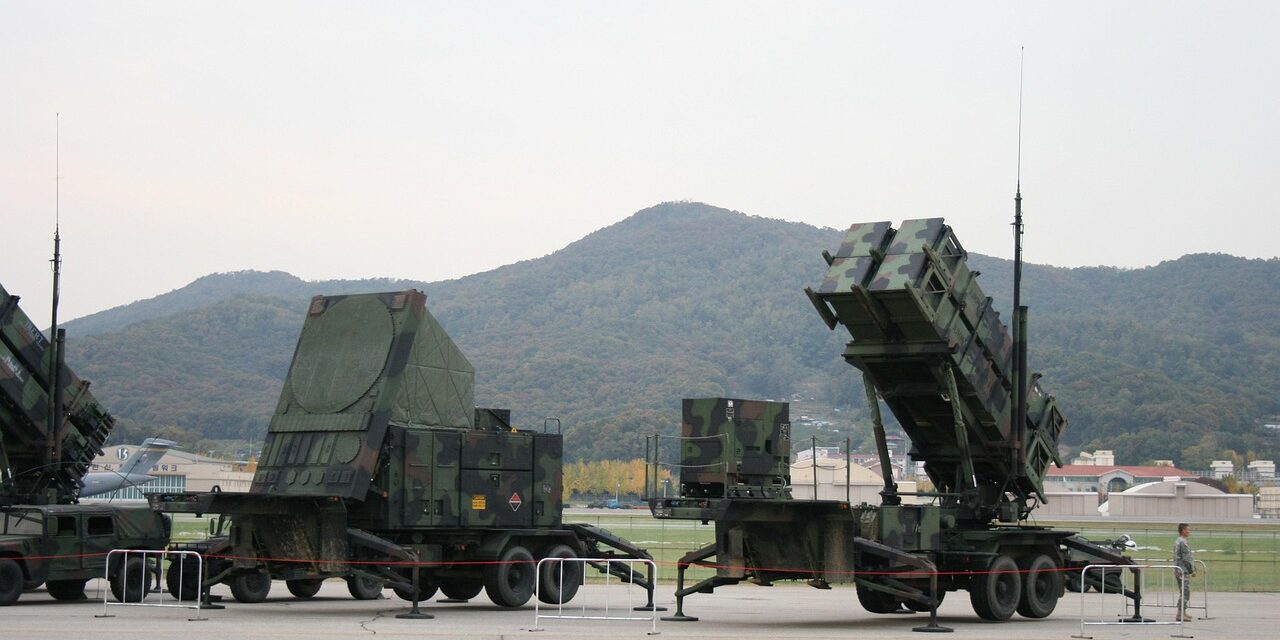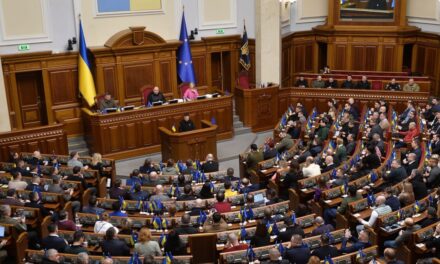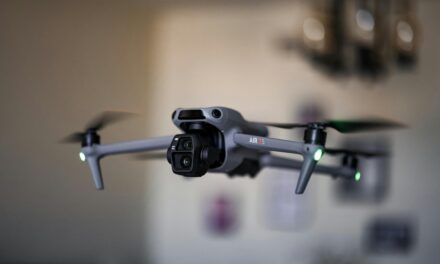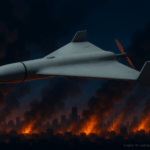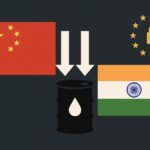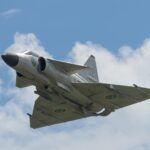On July 14, 2025, Washington outlined a two-pronged bid to change Moscow’s calculus: a rapid surge of American weapons for Ukraine routed through NATO financing, and the threat of sweeping secondary tariffs on Russia’s trading partners if no peace deal is reached within 50 days. After meeting NATO Secretary General Mark Rutte, President Donald Trump said allies would quickly move large quantities of air defense, missiles, and ammunition, and that the United States would backfill systems donated by European states. He described a “full complement” of Patriot capabilities—batteries, not only missiles—arriving on an accelerated timeline and hinted that up to 17 Patriot units are staged for shipment, though it remains unclear whether that figure refers to batteries or launchers. The underlying theory is straightforward: pair economic coercion with battlefield pressure so the Kremlin faces harder choices sooner.
Those choices are emerging along a dynamic front that has seen months of Russian attempts to gain ground at a measured, foot-pace. Instead of dramatic breakthroughs, Russian units are building and widening salients designed for slow envelopment across multiple axes—northeast of Vovchansk and Kupyansk, around Borova and Lyman, along the Siversk line, and across the Kostyantynivka–Pokrovsk–Novopavlivka sector. Recent activity around Hulyaipole included the seizure of Malynivka and additional pressure westward, while force movements suggest intent to push toward southern Dnipropetrovsk and eastern Zaporizhia oblasts. Geography complicates any such plan: a lattice of rivers (including the Haichur, Solona, Verkhnya Tersa, and Vovcha), key east-west and north-south highways, and sizable defended settlements would slow operations. At current rates of advance, a drive toward Zaporizhzhia City would be a multi-year effort.
Ukraine is counterattacking to force regroupings and reclaim tactically useful positions, including near Kostyantynivka and Pokrovsk and in the Kupyansk, Lyman, and Siversk directions, with reports of localized envelopments in northern Sumy. A dense drone defense—creating an approximate 15–20 kilometer kill zone from the line—continues to impose heavy personnel and materiel costs on Russian units and has contributed to exposed, lightly protected assault tactics that carry high casualties. Independent tallies suggest Russia’s losses since the full-scale invasion number in the high hundreds of thousands, with a very large share inflicted by drones and artillery.
The strategic implication is clear: to break the Kremlin’s assumption that costly, incremental gains can continue indefinitely, Ukraine must both halt advances and retake operationally significant ground. The newly announced package—especially additional air defenses to protect cities and sustain Ukraine’s expanding defense industry—combined with heightened economic pressure aims to compress Russia’s options and bring negotiations closer on terms acceptable to Kyiv, Europe, and the United States.

